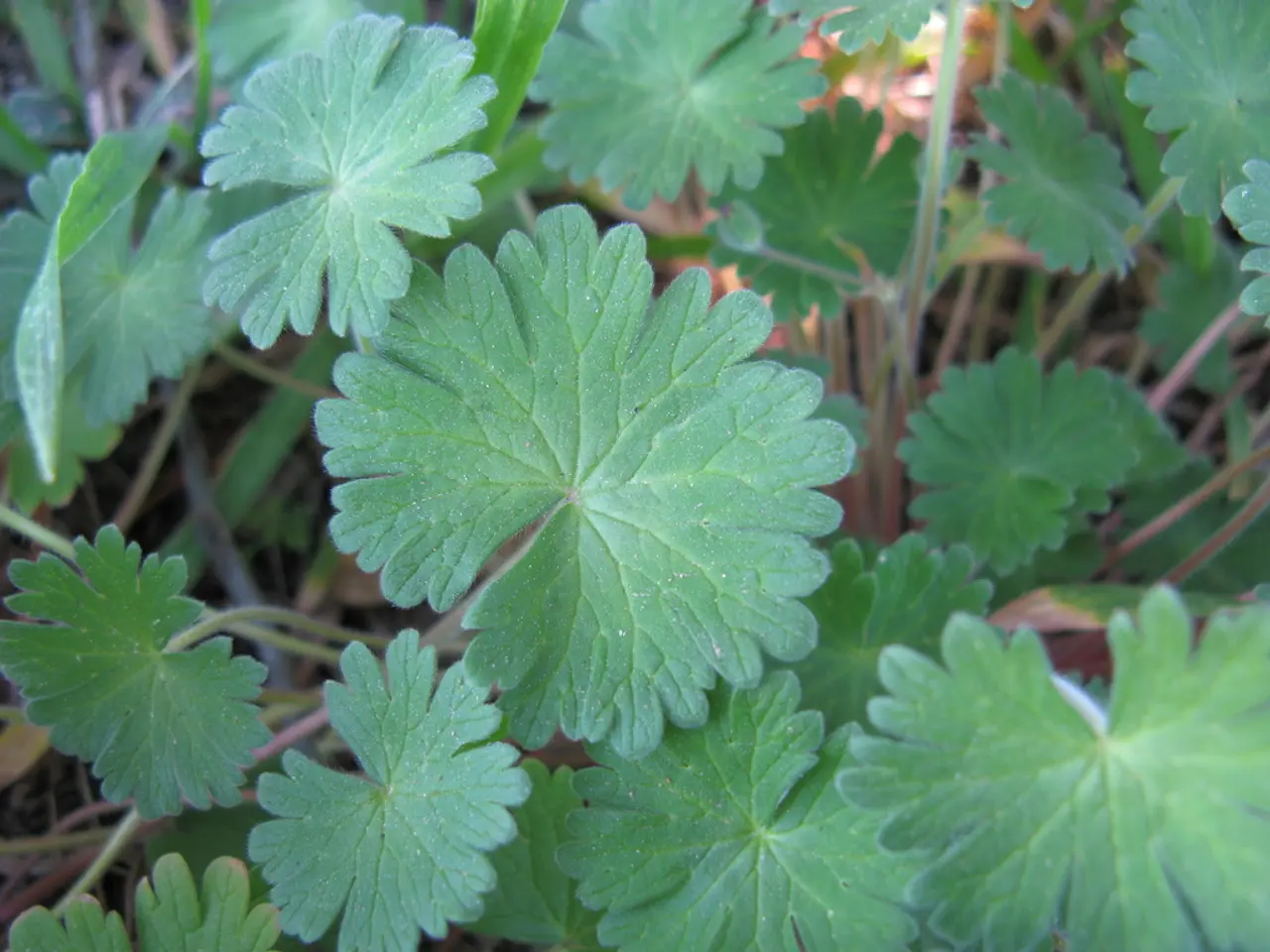Research reveals the positive impact of a usual fertilizer component on plant growth
In a groundbreaking study, researchers have uncovered the chemical processes by which lanthanides interact with chlorophyll pigments in plants. This research, supported by the MIT Climate Grand Challenge and the Office for Naval Research, reveals that different lanthanide elements can strengthen chlorophyll by replacing magnesium at its center.
The study, published in the Journal of the American Chemical Society, shows that lanthanides can boost several parameters of plant health and increase plant resilience to UV stress. The benefits of lanthanides in strengthening chlorophyll pigments hold across a range of staple crops, including chickpea, barley, corn, and soybeans.
The researchers focused on lanthanum for the plant studies, being the most abundant and cheapest lanthanide ion. Lanthanum mostly accumulates in plant roots, but a small amount also makes its way to the leaves. The findings could be used to boost crop yield and increase the resilience of some of the world's most popular crops to extreme weather.
The team plans to explore how lanthanides work with other biological molecules, including proteins in the human body. Moving forward, they hope to investigate the potential applications of lanthanides in other areas, such as human proteins.
Lanthanides are a class of rare earth elements that have been added to fertilizer in many countries to stimulate plant growth. Over the last 50 years, their use in agriculture has increased, with China applying lanthanide-based fertilizers to nearly 4 million hectares of land each year.
However, striking the right balance in the use of lanthanides has been challenging due to a lack of understanding around how they are absorbed by plants or how they interact with root soil. In agriculture, the team hopes to scale up its research to include field and greenhouse studies to continue testing the results of UV resilience on different crop types and in experimental farm conditions.
Recent studies have shown that low concentrations of lanthanides can promote plant growth, root elongation, hormone synthesis, and stress tolerance, but higher doses can cause harm to plants. The researchers plan to address this issue by finding the optimal dosage for each crop type.
Lanthanides are not only beneficial for agriculture. Certain lanthanides are used as contrast agents in MRI and for applications including light-emitting diodes, solar cells, and lasers. The study provides evidence that allows for a more conscious use of lanthanides in agriculture and a new way to apply them through seed treatments.
Moreover, lanthanum, a low-value byproduct of rare earth elements mining, could become a burden to the rare earth element (REE) supply chain. Increasing the demand for lanthanum could diversify the economics of REEs and improve the stability of their supply chain.
Despite the promising findings, no specific researchers from the Massachusetts Institute of Technology conducting a study on the movement and effects of lanthanides in plants, nor the future agricultural applications derived from such work, could be identified in the provided search results. Nonetheless, the potential applications of this research extend beyond agriculture, offering exciting possibilities for future research in various fields.
Read also:
- Peptide YY (PYY): Exploring its Role in Appetite Suppression, Intestinal Health, and Cognitive Links
- Toddler Health: Rotavirus Signs, Origins, and Potential Complications
- Digestive issues and heart discomfort: Root causes and associated health conditions
- House Infernos: Deadly Hazards Surpassing the Flames








